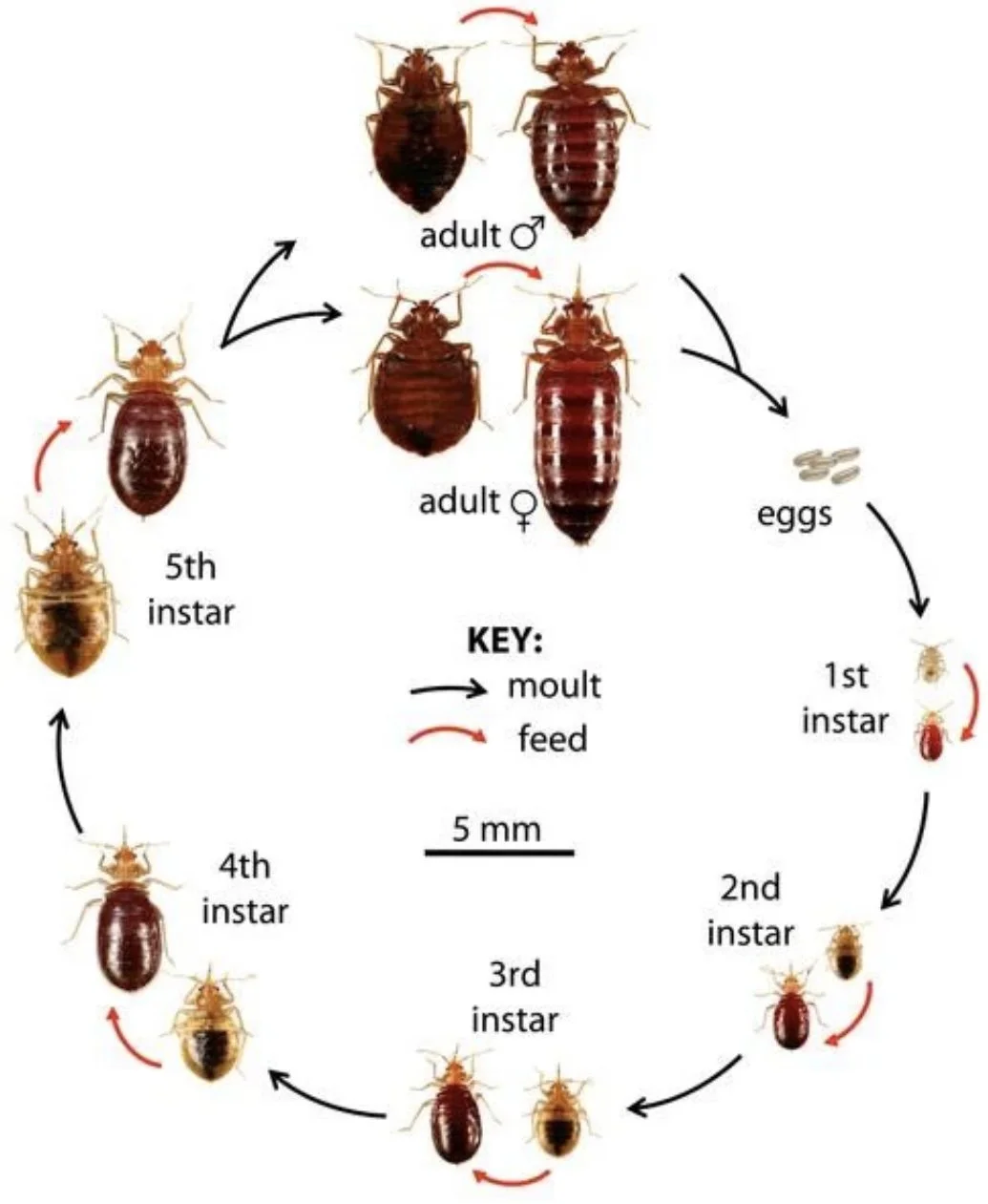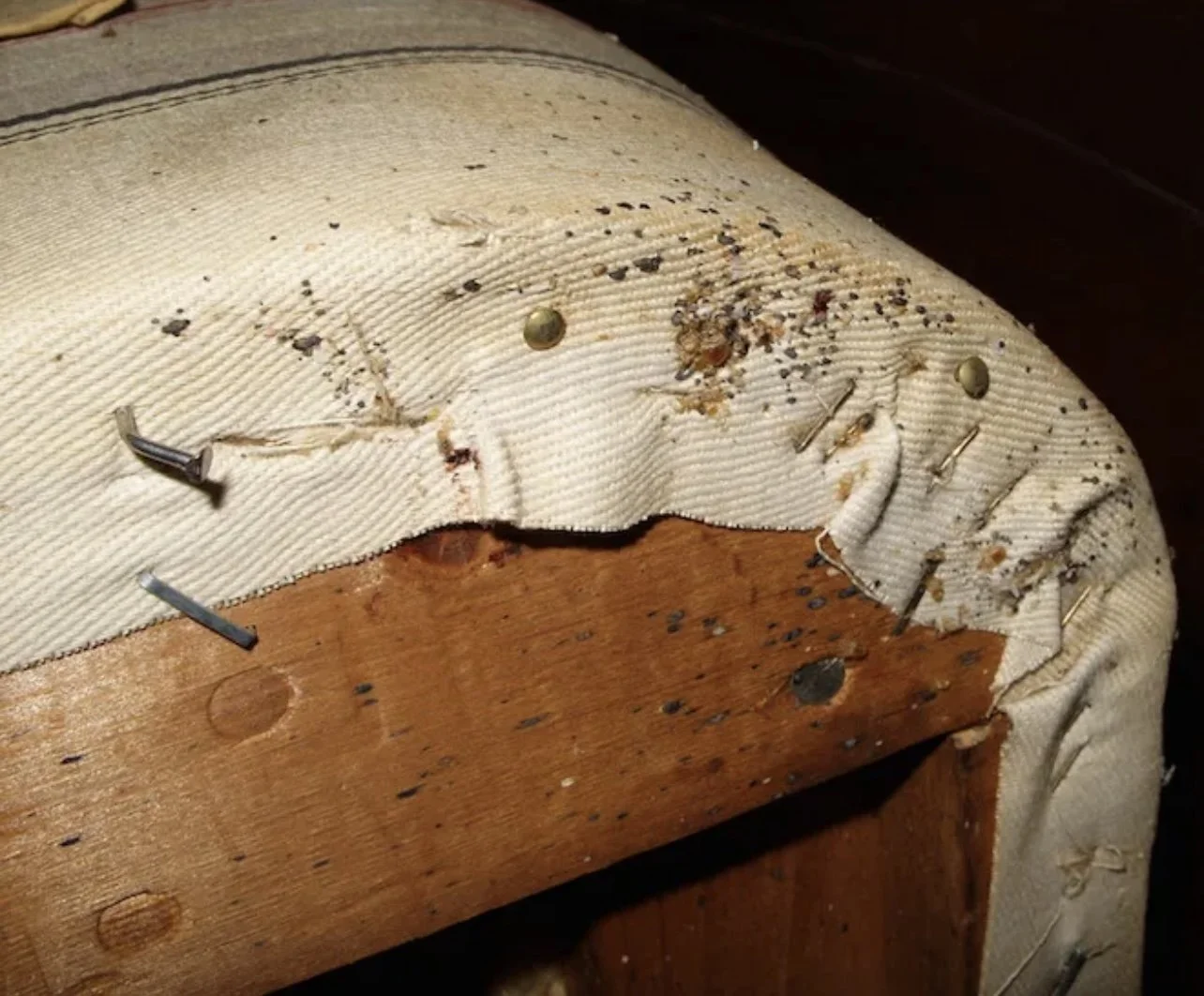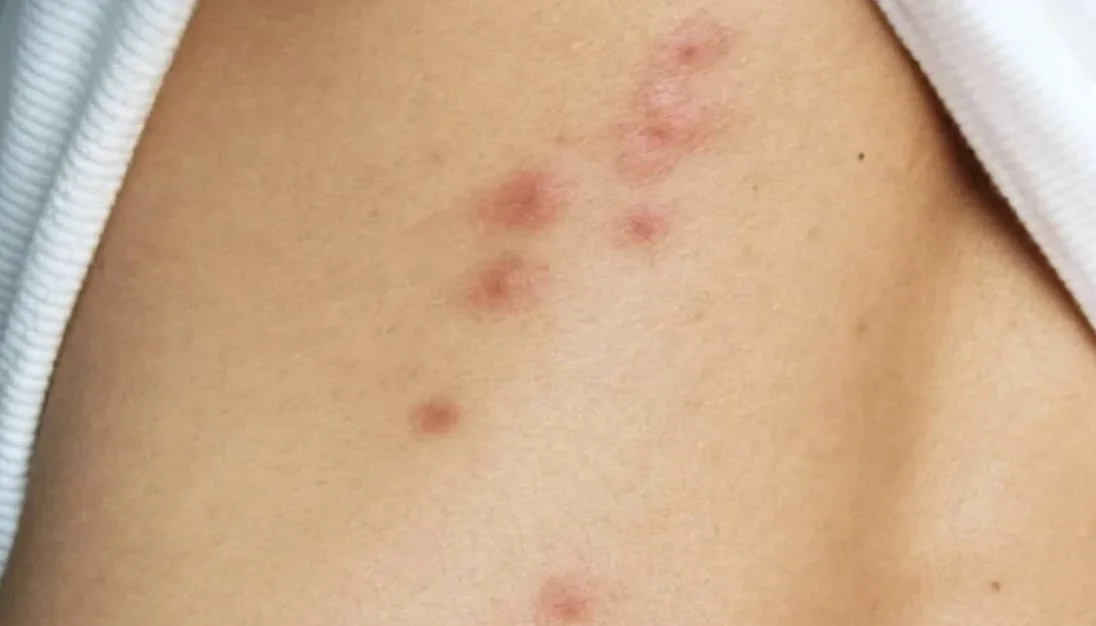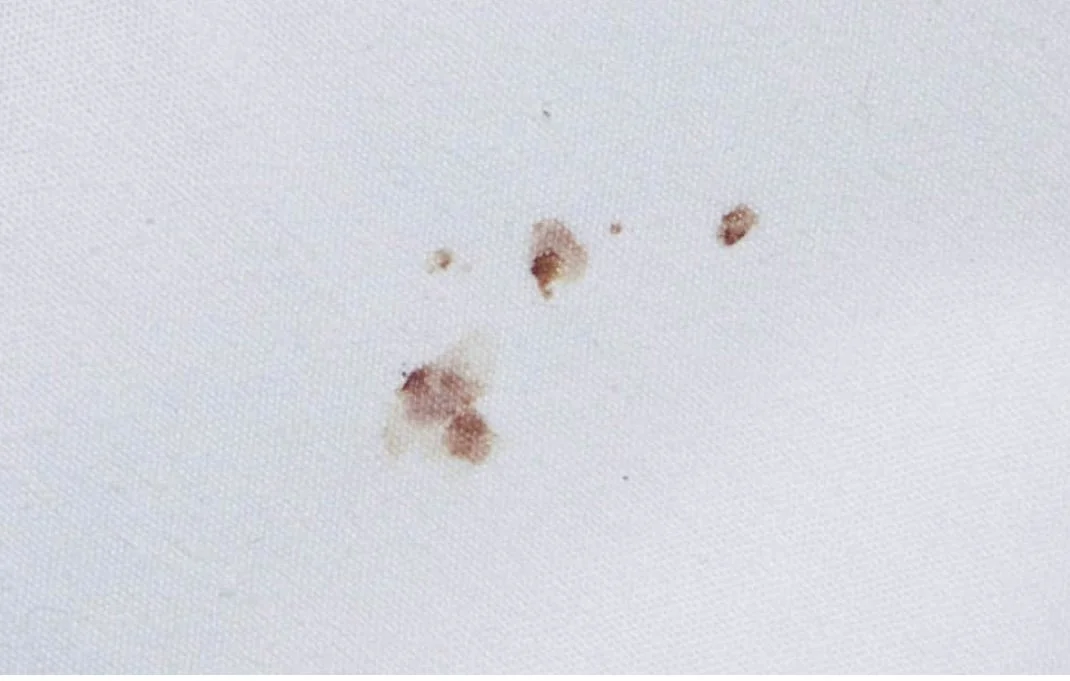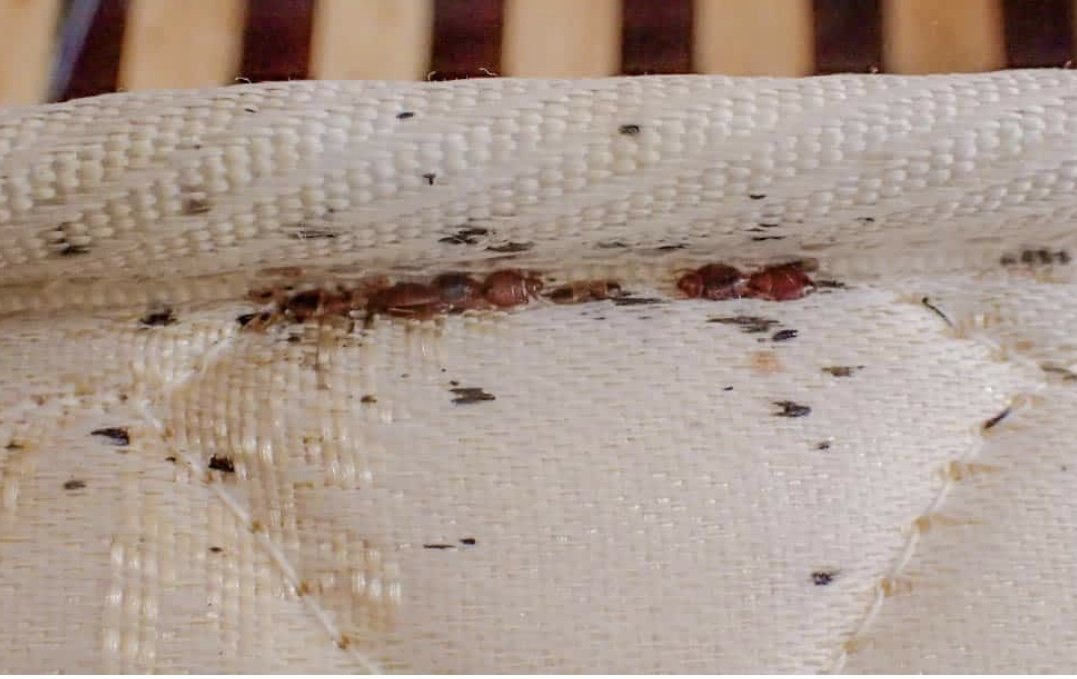
What Are Bed Bugs ?
Bed bugs
Bed bugs are small, oval-shaped insects that feed exclusively on the blood of humans and warm-blooded animals. They begin their lives in the nymph stage as a creamy white color and darken as they grow into adults, becoming reddish-brown over time.
Bed bugs are tiny, growing only to around five to seven millimeters - about the size of an apple seed - making infestations difficult to see with the naked eye, especially in the nymph stage of growth.
Why Bedbugs are Difficult to Eradicate:
Expert Hiders:
Bedbugs can survive for long periods without feeding, and they can hide in very small spaces, making it difficult to spot them.Persistence:
They are resilient and can survive in a variety of environments.Reproduction:
They have a high reproductive rate, and the females lay numerous eggs at a time.Resistant to Chemicals:
Some bedbug populations have developed resistance to certain insecticides, making it difficult to get rid of them using traditional methods.
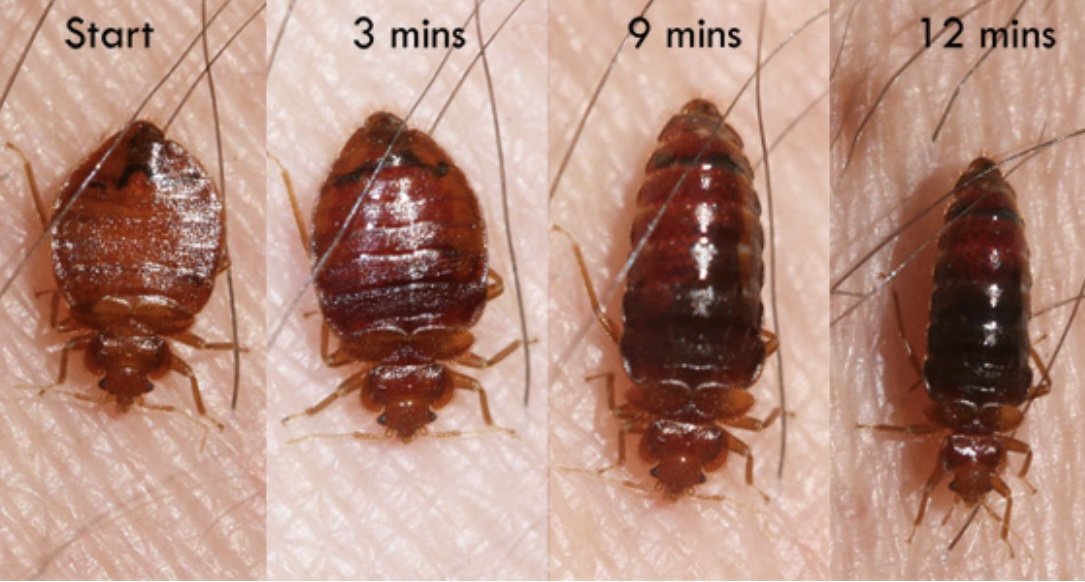
What Does A Bed Bug Bite Look Like?
Bed bugs are most active at night, feeding on the blood of unsuspecting homeowners as they sleep. Since bed bugs usually only come out at night, most people don't realize they have bed bugs until bites show up on their bodies.
Since not everyone reacts to bed bug bites, it's possible not to know you have a bed bug problem until someone else in your family starts complaining about bug bites.
Bed bug bites may take anywhere from a few hours to as long as nine days to show up. Some people will have a sensitivity to bed bug saliva, which will cause them to develop lesions that may closely resemble mosquito bites. However, bed bug bites usually do not have a red dot in the center.
Bed bug bites are often mistaken for flea bites, but there are a couple of differences. First, fleas tend to bite around the ankles and extremities while bed bugs prefer to bite on the trunk of your body. Second, fleas tend to bite in random patterns, while bed bug bites tend to be in linear patterns.
How To Determine If You Have Bed Bugs
Bed bugs prefer to hide near where you spend most of your time sleeping or resting. They are attracted to us by our warmth and by the CO2 (carbon dioxide) produced when we exhale.
To determine if your home is infested with bed bugs, it is best to begin by carefully searching along the seams of your bed and box spring with a flashlight. We recommend thoroughly inspecting your headboard and any furniture where you or your family spend a significant amount of time resting. You'll find approximately 80% of bed bugs within three to five feet of your bed's headboard.
Besides looking for bed bugs themselves, there are several signs of their presence that can alert you to an infestation. Small red dots of blood on your sheets or blankets, brown or tan streaks of fecal matter, and discarded skins and egg casings are all signs of a bed bug infestation.
Be Vigilant When Traveling:
Inspect hotel rooms and other lodging for signs of bedbugs before staying in them.Check Used Furniture:
Inspect used furniture carefully for any signs of infestation before bringing it into your home.Clean Regularly:
Clean your home, especially your bedroom, regularly, and pay attention to areas where bedbugs might hide.Wash Bedding:
Wash your bed linens and other fabrics that touch the bed in hot water and dry them on high heat to kill any bedbugs.Use Protective Covers:
Use protective covers for mattresses and box springs to prevent bedbugs from entering these areas.
How did I get Bed bugs ?
Bedbugs, often hitchhikers, commonly enter homes via luggage, clothing, used furniture, or even from neighboring infested areas, particularly in multi-unit buildings. They are tiny, flat, and experts at hiding in small spaces, making them difficult to spot and eradicate.
How Bedbugs Enter Your Home:
Travel:
Bedbugs can attach themselves to clothing, bags, and luggage, and travel with you from infested places.Used Furniture:
Buying used furniture, especially mattresses, box springs, couches, and chairs, can introduce bedbugs into your home.Hitchhiking:
They can also hitch a ride on other items, like purses, backpacks, or other personal belongings.Multi-unit Buildings:
Bedbugs can move between rooms or units in apartments, condos, and hotels.Clutter:
They like to hide in clutter, so reducing clutter can help to prevent them from finding a place to hide
